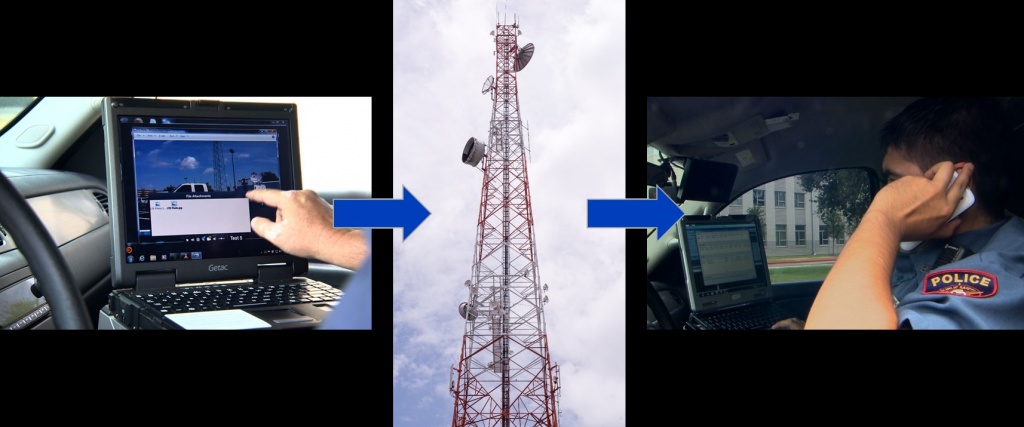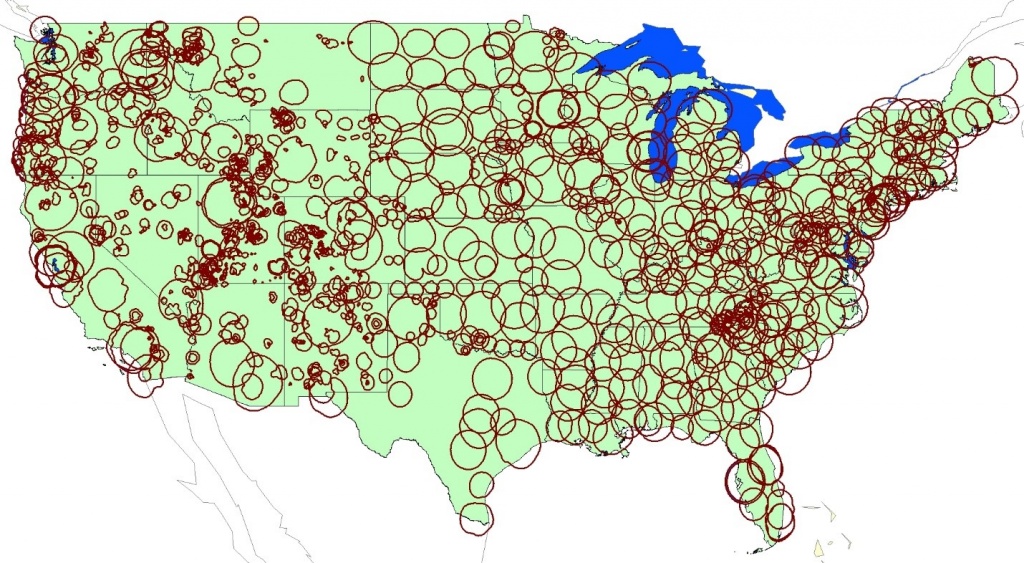In an emergency, first responders need timely and relevant data to make informed decisions.
Land Mobile Radio networks are intended for voice communication and do not have the capacity to transmit large amounts of data.
Commercial cellular networks can become overloaded or fail completely, as the network becomes saturated by public use.
This leaves public safety agencies competing for the same network resources when trying to transmit their mission-critical information, especially video.
S&T’s Datacasting project provides a solution
The Department of Homeland Security (DHS) Science and Technology Directorate’s (S&T) First Responders Group (FRG) recently announced a partnership with America’s Public Television Stations (APTS) to further FRG’s mission:
- To provide first responders with innovative tools and technologies to strengthen their ability to respond to the most pressing challenges faced during day-to-day and large-scale emergencies to better protect the homeland.
By signing a Memorandum of Agreement (MOA), FRG and APTS will leverage both organizations’ strengths and resources to benefit the first responder community by developing a strategy to make the datacasting technology available nationwide.
(This 100 second video outlines how DHS Science and Technology Directorate’s First Responders Group (FRG) is exploring new spectrum options for public safety use through the piloting of datacasting technology. Courtesy of the DHS Science and Technology Directorate and YouTube)
In support of its mission, FRG funded the datacasting project to see how the technology could leverage capacity in digital television signals to provide public safety users with the capability to transmit secure data, including voice, text, files, images, and video over existing broadcast television signals to a targeted audience.
Even in an emergency situation, where other wireless services often fail due to network congestion, datacasting still provides a reliable platform to quickly send large files.
Since datacasting uses existing public television infrastructure, it also provides a new and cost-effective method to relieve traffic from traditional wireless infrastructure.
 In coordination with Johns Hopkins University Applied Physics Lab, and subcontractor SpectraRep, FRG held multiple datacasting pilots between 2015 and 2016.
In coordination with Johns Hopkins University Applied Physics Lab, and subcontractor SpectraRep, FRG held multiple datacasting pilots between 2015 and 2016.
Additionally, the City of Houston successfully leveraged the technology to assist with emergency communications during the Republican Presidential Candidates Debate, the NCAA Men’s Final Four Basketball Tournament and the flooding response and recovery efforts in April.
These pilots and successful use have proven datacasting can be a reliable means to provide first responders the situational awareness and information they need without time delay.
APTS is a nonprofit organization of public television stations that strives to foster a strong and financially sound public television system providing essential public services to the American people.

The organization and its members collectively operate nearly 350 stations in all 50 states and the territories, serving nearly all of America.
In concert with member stations, APTS works to advance digital services for the American people.
Similar to the mission of public safety, public television station’s primary goal is to serve their local communities.
Public television coverage reaches 97% of the Nation, which would allow datacasting to assist our Nation’s first responders almost anywhere.
 By signing this MOA, APTS intends to make the first responder community fully aware of the benefits of datacasting and how it will become available to them.
By signing this MOA, APTS intends to make the first responder community fully aware of the benefits of datacasting and how it will become available to them.
The partnership demonstrates the commitment of public television stations to play an integral and reliable role in the nation’s public safety and homeland security missions.
APTS and FRG will participate with APTS members and foster partnerships to accelerate the datacasting rollout strategy.
APTS member stations have committed in principle to designate 1 Mbps of their channel capacity to provide a nationwide communications network as a component of the FirstNet public safety initiative.
This MOA will also provide the opportunity to bring together DHS personnel, first responders, end users, and private sector personnel in an online or face-to-face environment to exchange information and facilitate technical discussions on common goals and achievable objectives.

















